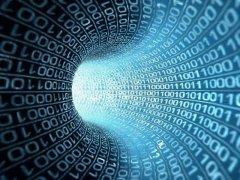Consensus on the definition of data science remains low despite the widespread establishment of academic programs in the field and continued demand for data scientists in industry. Definitions range from rebranded statistics to data-driven science to the science of data to simply the application of machine learning to so-called big data to solve real-world problems. Current efforts to trace the history of the field in order to clarify its definition, such as Donoho's "50 Years of Data Science" (Donoho 2017), tend to focus on a short period when a small group of statisticians adopted the term in an unsuccessful attempt to rebrand their field in the face of the overshadowing effects of computational statistics and data mining. Using textual evidence from primary sources, this essay traces the history of the term to the 1960s, when it was first used by the US Air Force in a surprisingly similar way to its current usage, to 2012, the year that Harvard Business Review published the enormously influential article "Data Scientist: The Sexiest Job of the 21st Century" (Davenport and Patil 2012) and the American Statistical Association acknowledged a profound disconnect between statistics and data science (Rodriguez 2012). Among the themes that emerge from this review are (1) the long-standing opposition between data analysts and data miners that continues to animate the field, (2) an established definition of the term as the practice of managing and processing scientific data that has been occluded by recent usage, and (3) the phenomenon of data impedance -- the disproportion between surplus data, indexed by phrases like data deluge and big data, and the limitations of computational machinery and methods to process them. This persistent condition appears to have motivated the use of the term and the field itself since its beginnings.
翻译:暂无翻译




